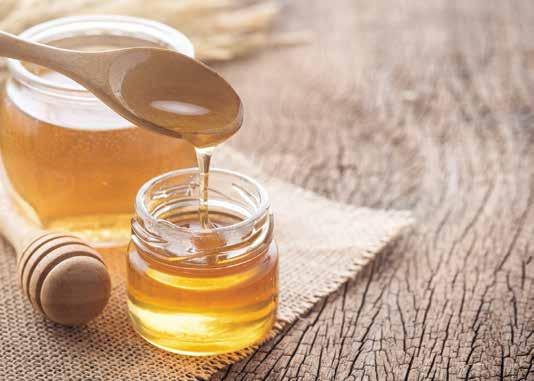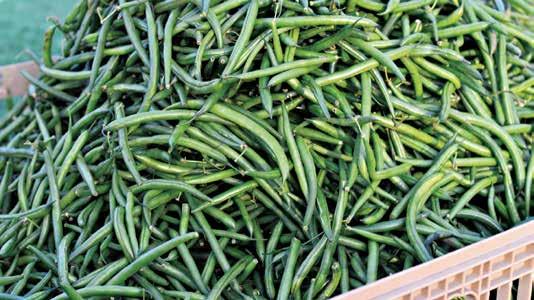Photo by Emily Paster
Preserving the Harvest by Julie Peterson
S
hortly after the shutdown, Vicki Nowicki, an award-winning gardener who teaches gardening and food preservation in Downer’s Grove, popped into a grocery store for some olive oil. “I couldn’t believe the store, shelves mostly empty,” she says. “It suddenly occurred to me that most people don’t have stored food at home.” Food shortages have led many to consider gardening, and harvest season is the perfect time to learn preservation techniques for maintaining fresh flavors all year long. Alongside the benefit of having food stores at home, preserving food gives us control over the source and growing method of ingredients. “We can cover the winter with food and know exactly what’s in it,” Nowicki says.
Dehydrating Brekke Bounds, education and partnerships manager at Chicago’s City Grange garden center (CityGrange.com), loves dehydrating because it doesn’t require special equipment. “If you’ve got an oven, you can do it,” Bounds says. “Decent dehydrating machines can be purchased for about $50, but an oven that has a proofing setting or goes down to a temperature of 150 or less will work.” Before dehydrating, consider the intended use. Peaches or cherries can be cut into bite-size pieces. Roma or cherry 32
Chicago
NAChicago.com
tomatoes, sliced or cut in half and dried, can go in winter soups and stews. “Apple chips are super-easy,” Bounds says. “Core and slice with a mandoline, dunk in a lemon solution, sprinkle with cinnamon, dehydrate and then store in an airtight jar.” Drying herbs is a breeze. Just tie a bouquet and hang it in a low-light area for a couple of weeks. Once completely dry, pop the leaves into an airtight container for fresh flavor up to a year. For tea and single herbs, keep the leaves whole for storage and break them up before use. The exception would be when making herb blends or salad toppings. Dehydrated celery, onions and garlic can be chopped in a food processor to make a soup mix or combined with salt for seasoning. “Having it all broken up at the beginning makes it easier to grab and use,” Bounds says.
pickles become acidic through the addition of vinegar. Heat-sealed jars are shelf-stable if the seals remain intact. Paul Fehribach is chef and co-owner at Big Jones (BigJonesChicago.com), in Chicago. The southern heirloom cooking restaurant has a homesteading sensibility and supports local farms by using seasonal ingredients. Folks there do a lot of canning. For canning pickles and preserves, Fehribach recommends a simple kit that includes a tool used to lift jars in and out of boiling water and a jar rack that sits in the bottom of a stock pot. Mason jars with new canning lids can be used to hold the food. Both Paster and Fehribach recommend using professionally tested recipes. “Go to a reliable source, whether it’s a cookbook or a website, because there are some food safety issues. Recipes have been calibrated to have the right ratio of water and vinegar to vegetables to ensure it’s acidic enough,” says Paster. “Pickles are a great place to begin, because they’re really hard to mess up.”
Pickling “I often recommend starting with refrigerator pickles,” says Fehribach. Since they are refrigerated, there’s no need for the water bath canning process. Pickling isn’t just for cucumbers. Green beans, carrots, okra, onions, cauliflower and green tomatoes make excellent pickles, which can be dill, spicy or sweet.
Canning “One of my go-to methods is water bath canning,” says Emily Paster, author of The Joys of Jewish Preserving. “It’s a really safe and effective method of home preservation for high-acid foods. Certain kinds of microorganisms, most specifically botulism, can’t live in a high-acid environment.” Fruits that go into jams and jellies are typically acidic enough, and acidity can be increased with lemon juice. Vegetable
Photo by Emily Paster








